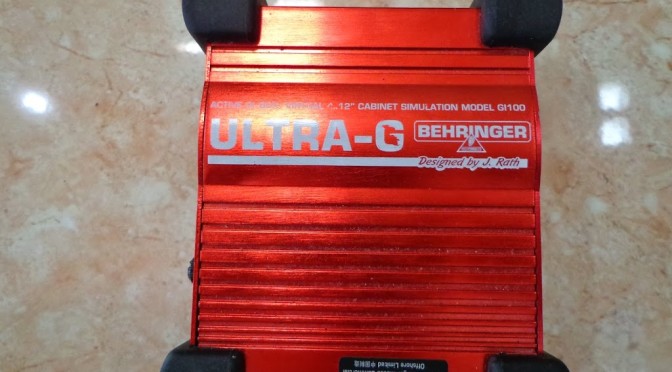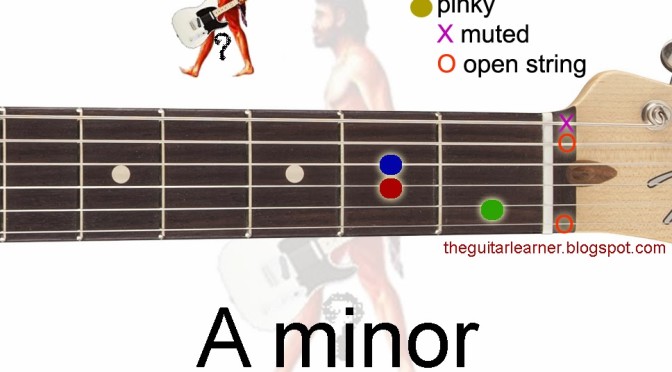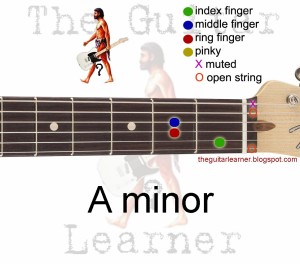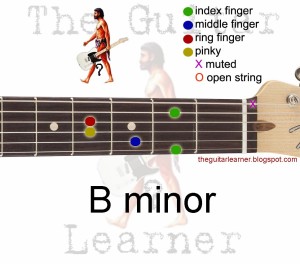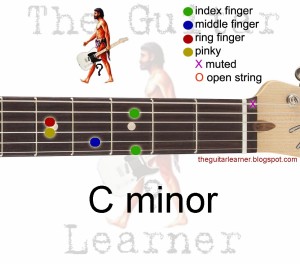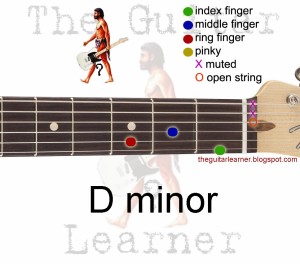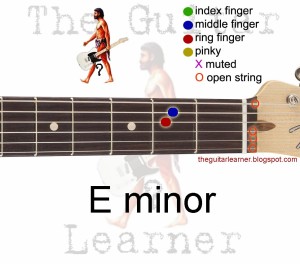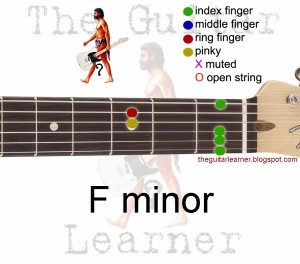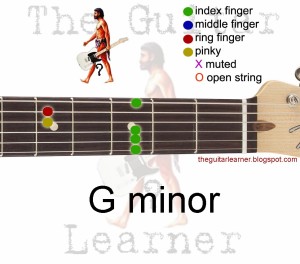…. the lower impedance (around 600 ohms is normal) allows an insignificant load to the input of a mixing console or preamp which is also designed to accept input from low impedance microphones. – http://en.wikipedia.org/wiki/DI_unit
something you might find on stages is, you don’t hear the honest sound from the stage output. it is different from your sound set while you want the output is exactly the same as you hear on stages. A direct input box will help you to get that. by lowering the risk of lost signal, you will get your sound much better.
which one do i choose? passive or active DI box? that’s a good question. well, honestly, what i’ve done to get the answer is by searching on the internet and find stuff with “built especially for guitar: label.. hahaha, and i got a DI Box, not too cheap, The ULTRA-G GI100 active DI box made by Behringer.
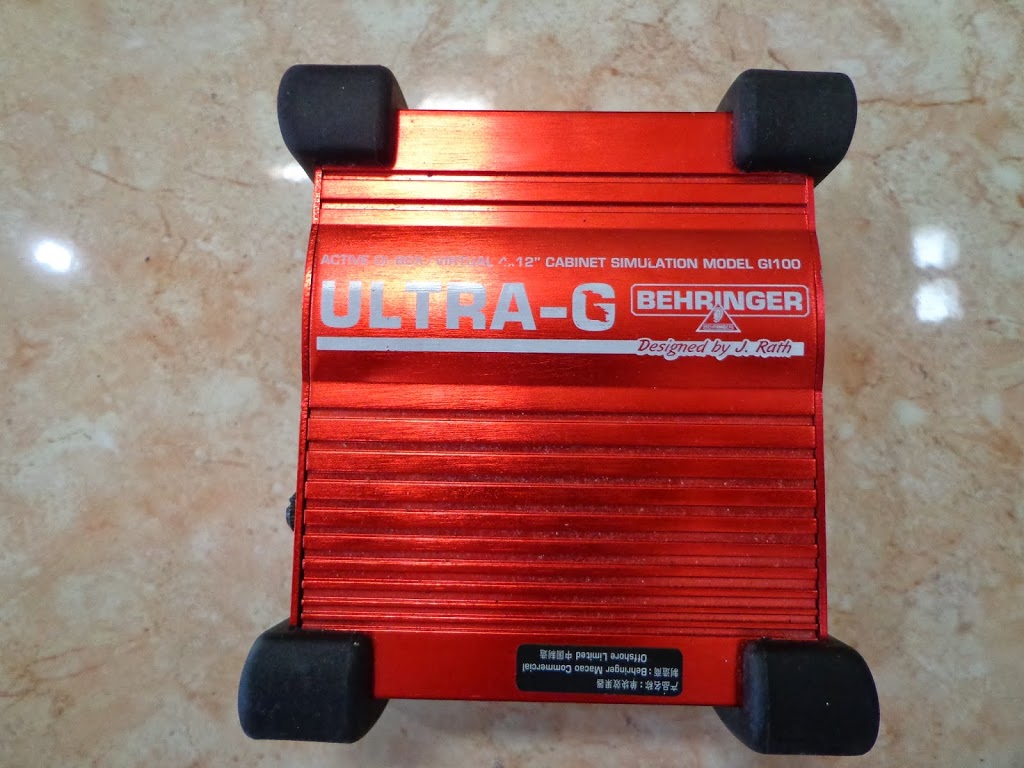 |
| Behringer ULTRA-G GI100 active DI box |
things i got from using this active DI box are great. the cabinet simulator button helps me so much in getting the warm tone at the output sound from the mixer. it’s really helpful for you who uses analog effects with hi gain distortion and overdrive. sometimes our analog effects are just too harsh for the PA speakers, the cabinet simulation button will handle that problem. you can see on the next picture here, the ‘virtual 4×12″ cab’ button, yes, that button helps me in any stage conditions.
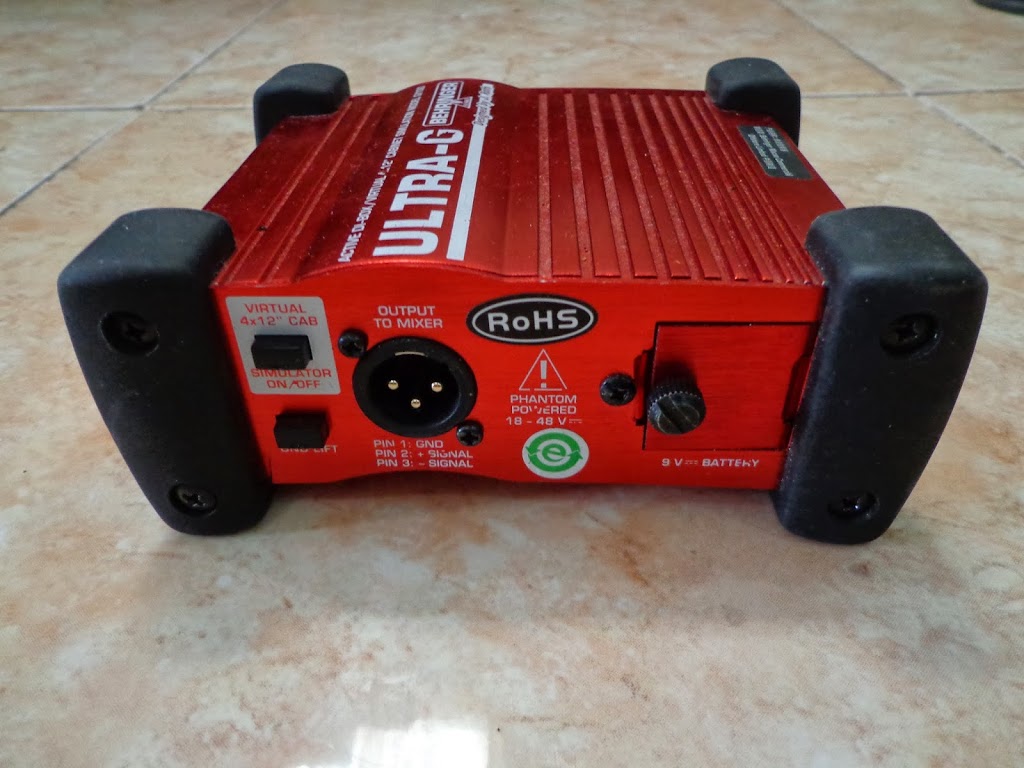 |
| Behringer ULTRA-G GI100 active DI box |
this DI Box has a dB cut feature. it cuts -20 dB plus more -20 dB , so you don’t have to worry about damaging your Head-cabinet Amp. you can see the connection examples provided by Behringer in PDF file. the pad button will cut your frequency as you can see on the next picture here:
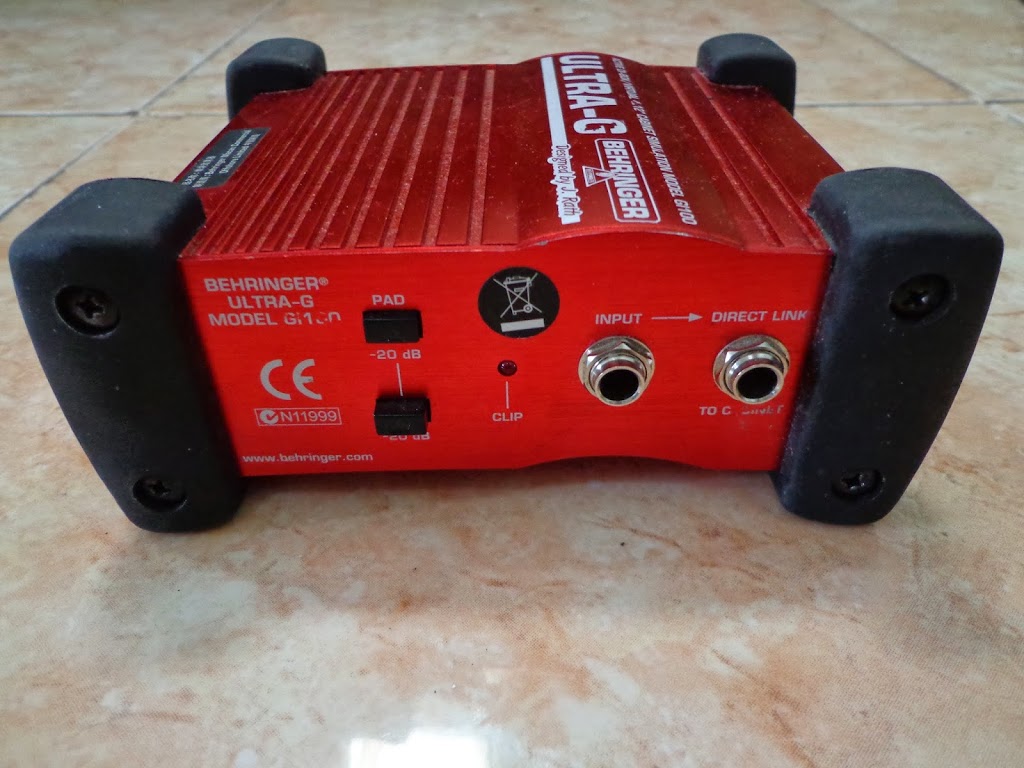 |
| Behringer ULTRA-G GI100 active DI box |
well, this DI box isn’t like the class A DI box, and i haven’t try other DI Box. if you need suggestion, of course i will say that i wanna have a Radial JDV™ Active Super Direct Box on my setup, hahaha.. see you next post.
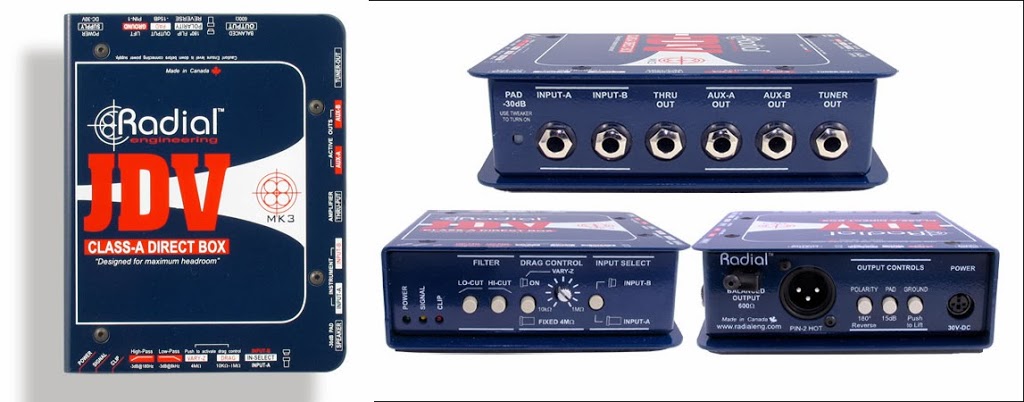 |
| Radial JDV™ Active Super Direct Box |

